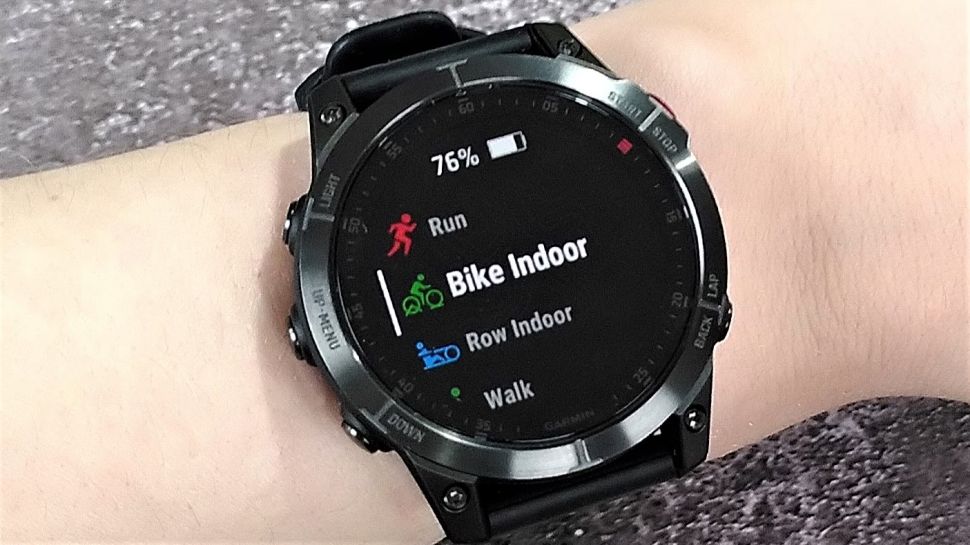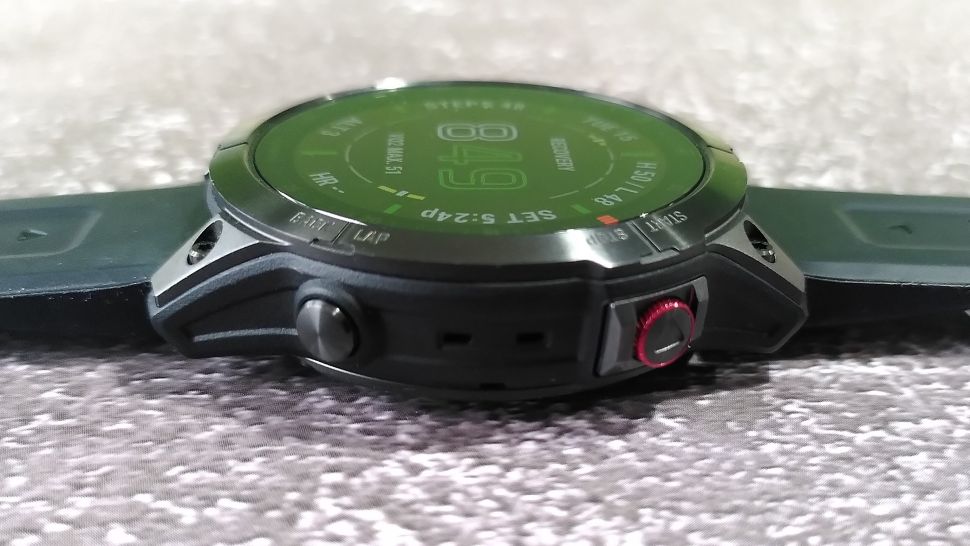
The timing was impeccable. Mere days after Garmin unveiled the Forerunner 255, a entry-level triathlon watch that can track running power when paired with the right accessory, Tim Cook revealed that those exact features are also coming to the Apple Watch later this year – and without the need for any extra devices.
Apple fans were delighted. Before the new watch operating system has even begun to roll out, Wired has already declared that Apple now makes the best running watch.
That seems more than a little premature to me, and not just because nobody has yet had the chance to test Apple's running power algorithm and see how it compensates for gathering data from just one arm. The Apple Watch's hardware is also a stumbling block, and one that I don't see the company leaping over any time soon.
Not so fast...
One of the most obvious drawbacks of the Apple Watch for runners is its battery life. As The Verge has noted, Apple's neat little watch has to take a rest on its charger every 18 hours, which is no use if you're in a multi-day event, are planning on some trail running during a camping trip in the backcountry, or are just plain forgetful. You don't want to be lacing your best trail running shoes and glance at your wrist to discover that your watch doesn't have enough juice to cover your run.
Most of the best GPS watches, on the other hand, have battery life of at least a week, and usually two with everyday use. The Garmin Instinct 2 Solar can happily keep trucking indefinitely in smartwatch mode provided it gets enough sun.
However, that's not the thing that bothers me most about the Apple Watch as a device for tracking runs. Nor is it the fact that it, naturally, only works with iPhones, which rules out some 73% of the global market according to the latest data from StatCounter. No, the problem I'm thinking of involves five little things I can't quite put my finger on – because they're not there. Physical buttons.

Don't get me wrong, the Apple Watch's touchscreen is slick, and the digital crown is a lovely piece of engineering. Turning it with a fingertip and seeing the display scroll with silky smoothness is a marvellous experience that feels exceptionally responsive. As the company's old slogan says, it just works. However, when it comes to sports, it just can't compare to a set of real, pushable buttons.
All the latest inspiration, tips and guides to help you plan your next Advnture!
Push it real good
All of Garmin's Forerunner and Fenix watches (plus the shiny new Epix) use the same system of five buttons. Clockwise from the top, you have select/start, back/lap, down, up/menu, and light. It's a system that works extremely well, as demonstrated by the fact that the company has only just started adding touchscreens – and even then, you have the option to switch them off.
Over the last few weeks I've been testing the Polar Pacer Pro and Coros Vertix 2 (one on each wrist, which is a strong look), both of which use a similar button-based setup. Neither features touch controls, and neither needs to. When you're in the middle of a tough workout with clumsy hands or swollen fingers (something that happens when you're hiking), you don't necessarily have the dexterity to operate a smooth little touchscreen or twist a tiny dial.
It's also helpful to be able to operate your watch without looking at it – to log a lap, for example, to jump to the next track on your playlist, or to pause your workout without coming to a complete halt. Buttons are the easiest option for triathlons too. Touchscreens and moisture don't get along, whether you're in the pool or open water.
Now, there's still a chance that Apple could surprise me with the Apple Watch 8, which is expected to land later in 2022. In March last year, rumors began to circulate about a rugged Apple Watch Explorer Edition, designed for outdoor adventures. Sources speaking to Bloomberg claimed that the company was mulling over a design aimed at people who enjoy hanging out in 'extreme environments'. To me, that would have to mean buttons. The open ocean, rock faces, and sand dunes are no place for a dainty smart crown and touchscreen.
It's something I'd be delighted to see, though I won't hold my breath, and I'd certainly hold off on claiming Apple has built the world's greatest running watch before anyone has even taken its new tools for an experimental 5k.

Cat is the editor of Advnture, She’s been a journalist for 15 years, and was fitness and wellbeing editor on TechRadar before joining the Advnture team in 2022. She’s a UK Athletics qualified run leader, and in her spare time enjoys nothing more than lacing up her shoes and hitting the roads and trails (the muddier, the better), usually wearing at least two sports watches.
